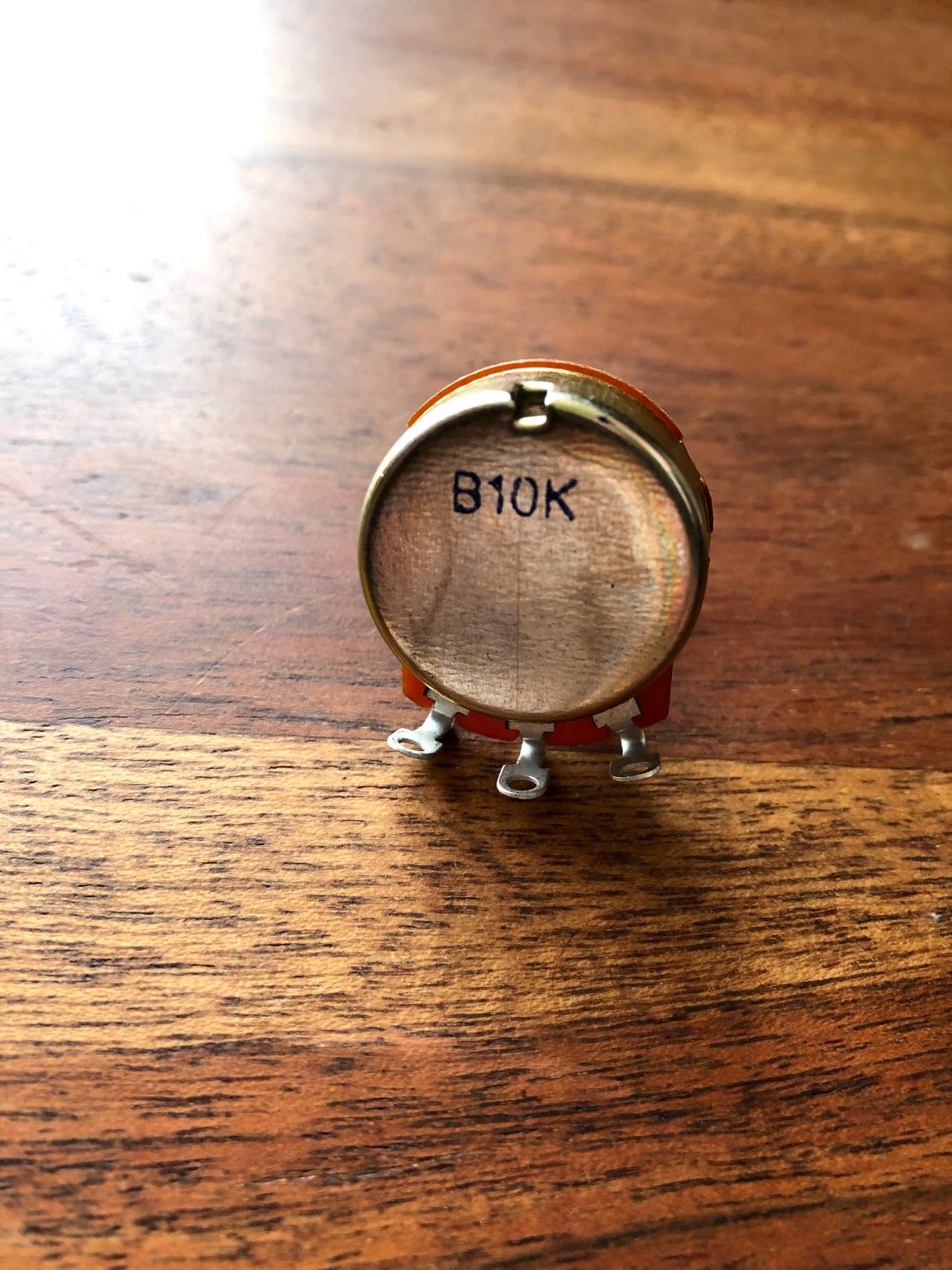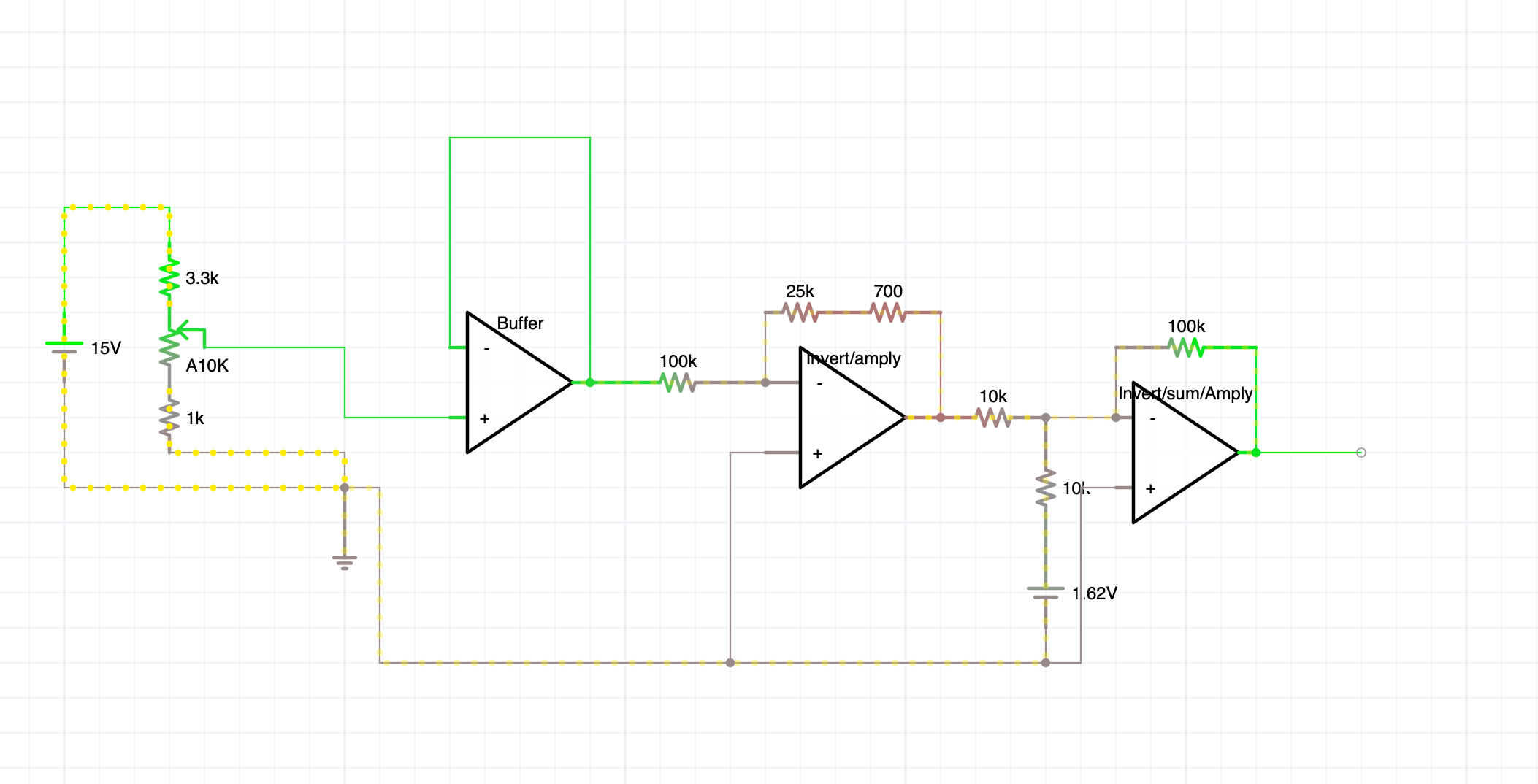 "Spanfeller is a twat" (theaspiringengineer)
"Spanfeller is a twat" (theaspiringengineer)
11/22/2018 at 15:10 • Filed to: None
 1
1
 6
6
 "Spanfeller is a twat" (theaspiringengineer)
"Spanfeller is a twat" (theaspiringengineer)
11/22/2018 at 15:10 • Filed to: None |  1 1
|  6 6 |
It’s not politics, but I took this picture and just want to share the excellence of street parked garage queens, It’s about electronics.

I’m starting to look at electrical circuits, which is why I have this in my hands, a 10k potentiometer.
I was told by a classmate to avoid at all costs a potentiometer with a “B” in front of the resistance; I should instead look for those with an “A” I have no clue why he insisted that I do that... but everyone else was working with “B” so I just had no clue... maybe it was how susceptible it was inaccuracies , maybe it’s just a brand, maybe h e was just messing with me.
When I asked about it on the electronics store, I was told in a very condescending way that “there’s no such thing” as a potentiometer with an “A” in front of the resistor.

Anyway. Just for shits and giggles, this is the proposed circuit:

Maybe I don’t need that buffer? But I want to stay safe.
Of course, this means nothing, because I don’t explain what I want from the potentiometer.... I need it to display 13.5v at one end and -13.5 in the other. Since the program I’m using, iCircuit, has a default output for a 10K potentiometer, I just used that.
 jimz
> Spanfeller is a twat
jimz
> Spanfeller is a twat
11/22/2018 at 15:37 |
|
“A” is logarithmic taper . “B” is linear taper.
http://www.resistorguide.com/potentiometer-taper/
 Spanfeller is a twat
> jimz
Spanfeller is a twat
> jimz
11/22/2018 at 15:39 |
|
Then I definitely don’t want the “A”.... we’re treating it as a sensor... so we need it to be linear.
 Demon-Xanth knows how to operate a street.
> Spanfeller is a twat
Demon-Xanth knows how to operate a street.
> Spanfeller is a twat
11/22/2018 at 16:12 |
|
What resistance range are you looking full scale, and how are you driving it?
 Spanfeller is a twat
> Demon-Xanth knows how to operate a street.
Spanfeller is a twat
> Demon-Xanth knows how to operate a street.
11/22/2018 at 16:15 |
|
Full scale that’s the whole circuit... very basic stuff I know.
I’m using DC and the biggest resistor must be the 100k one on the second stage op-amp
 pip bip - choose Corrour
> Spanfeller is a twat
pip bip - choose Corrour
> Spanfeller is a twat
11/23/2018 at 07:20 |
|
GIB the Alfa!
 Spanfeller is a twat
> pip bip - choose Corrour
Spanfeller is a twat
> pip bip - choose Corrour
11/23/2018 at 09:34 |
|
Gib all of them